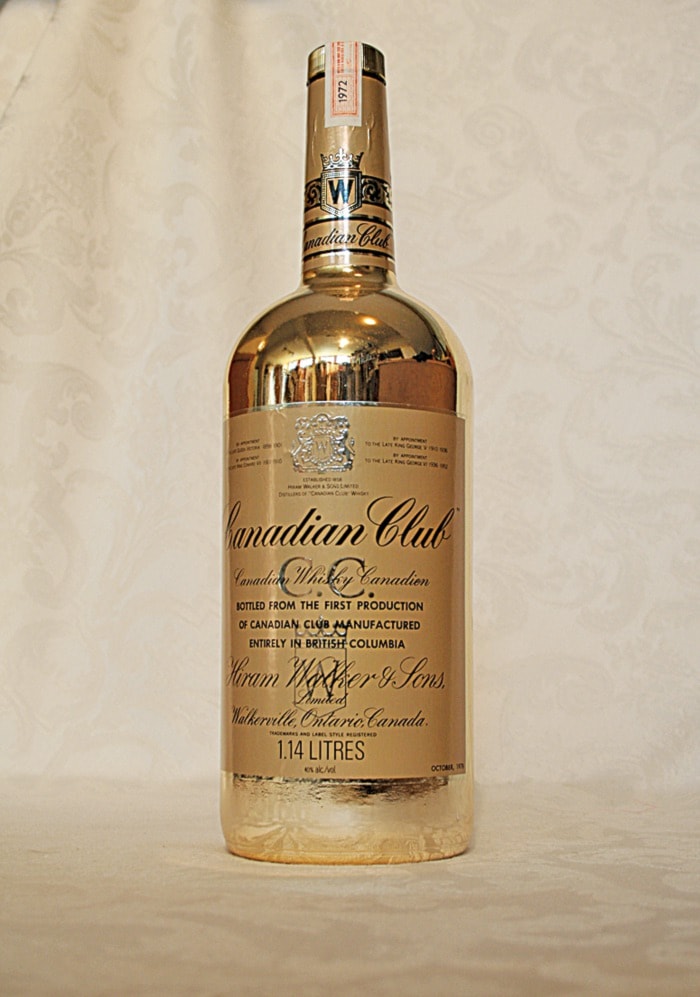When Hiram Walker began searching for a location for its new whiskey distillery in Western Canada, company executives must have known they’d found the right place when they came to the Okanagan. After all, Scotch whiskeys are reknowned the world over for their quality and just like Loch Ness in Scotland, the Okanagan has a legendary lake monster living in the waters which were drawn upon to produce the popular Canadian Club whiskey.
In all seriousness though, Winfield was chosen from amongst several communities as the location for a western plant.
In a company magazine dating from 1982, Bob Whitehead, plant manager in Winfield said the location was chosen because the government in the region was encouraging the sort of industrial development that would not detract from the beauty of the natural landscapes to be found in the area. The location was also deemed to have access to plenty of fresh water, and it was situated on a major trucking route and served by rail.
Construction on the Hiram Walker Distillery began in September of 1969 and upon completion it was one of the largest distilleries in the country, second only to the operation in Walkerville, Ontario. The total construction cost for the plant was $40 million.
The distillery provided 200 residents with jobs spanning the entire production cycle. Distilling, blending, maturing, bottling and shipping of spirits were all details handled right here in Lake Country.
As the bottles were packaged into cases and loaded into trucks, the finished product was exported to demanding markets throughout North America and Asia. At the peak of its operation the distillery was pumping out as much as 19.5 million litres in a single year.
To produce that kind of volume required an almost incomprehensible amount of water. The vast majority of water used at the plant was used only for cooling purposes. The finished product accounted for only a tiny fraction of the facility’s annual water usage.
To supply a reliable source of water to the factory Hiram Walker built an extensive water system starting with an intake in Okanagan Lake. From there water was pushed over the hill by a powerful pump.
When the distillery was closed the water infrastructure was purchased by the Winfield and Okanagan Centre Irrigation District and ultimately transferred to municipal control when Lake Country was incorporated in 1995.
The Hiram Walker plant prospered for more than a decade until the early eighties when sales began to fall. In 1981 1.8 million cases of spirits were produced at the distillery. By 1994 that number had fallen to 1 million. During that period taxes and government mark-ups on spirits increased dramatically which raised the price per bottle to a value that many consumers were unwilling to pay. Between 1980 and 1993 the provincial mark-up alone rose by 157 per cent.
Following a trend that plagued the distilling industry in that era, Hiram Walker ceased all operations at its Winfield plant in 1995.
That’s the five-minute history of the Hiram Walker distillery’s impact on Lake Country but it doesn’t touch on the Hiram Walker distillery’s impact on the people who worked there or the families that it supported. As the remnants of the plant are dismantled, the Calendar will run a series of anecdotal stories looking at the day-to-day happenings that made it a fun and vibrant place to earn a living. If you have stories to share we’d love to hear from you at 766-4688. Ask for Chris.
